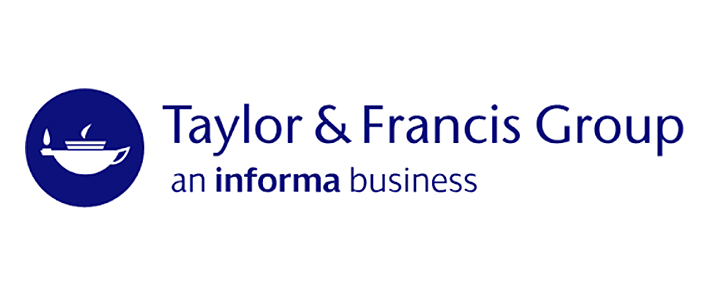Basic Algebra [electronic resource] : Along with a companion volume Advanced Algebra / by Anthony W. Knapp.
Material type: TextSeries: CornerstonesPublisher: Boston, MA : Birkhäuser Boston : Imprint: Birkhäuser, 2006Description: XXV, 735 p. 46 illus. online resourceContent type:
TextSeries: CornerstonesPublisher: Boston, MA : Birkhäuser Boston : Imprint: Birkhäuser, 2006Description: XXV, 735 p. 46 illus. online resourceContent type: - text
- computer
- online resource
- 9780817645298
- 512 23
- QA150-272
| Item type | Current library | Call number | Status | Date due | Barcode | Item holds | |
|---|---|---|---|---|---|---|---|
| E-BOOKS | ISI Library, Kolkata | Not for loan | EB1301 |
Preliminaries about the Integers, Polynomials, and Matrices -- Vector Spaces over ?, ?, and ? -- Inner-Product Spaces -- Groups and Group Actions -- Theory of a Single Linear Transformation -- Multilinear Algebra -- Advanced Group Theory -- Commutative Rings and Their Modules -- Fields and Galois Theory -- Modules over Noncommutative Rings.
Basic Algebra and Advanced Algebra systematically develop concepts and tools in algebra that are vital to every mathematician, whether pure or applied, aspiring or established. Together, the two books give the reader a global view of algebra and its role in mathematics as a whole. Key topics and features of Basic Algebra: *Linear algebra and group theory build on each other continually *Chapters on modern algebra treat groups, rings, fields, modules, and Galois groups, with emphasis on methods of computation throughout *Three prominent themes recur and blend together at times: the analogy between integers and polynomials in one variable over a field, the interplay between linear algebra and group theory, and the relationship between number theory and geometry *Many examples and hundreds of problems are included, along with a separate 90-page section giving hints or complete solutions for most of the problems *The exposition proceeds from the particular to the general, often providing examples well before a theory that incorporates them; includes blocks of problems that introduce additional topics and applications for further study *Applications to science and engineering (e.g., the fast Fourier transform, the theory of error-correcting codes, the use of the Jordan canonical form in solving linear systems of ordinary differential equations, and constructions of interest in mathematical physics) appear in sequences of problems Basic Algebra presents the subject matter in a forward-looking way that takes into account its historical development. It is suitable as a text in a two-semester advanced undergraduate or first-year graduate sequence in algebra, possibly supplemented by some material from Advanced Algebra at the graduate level. It requires of the reader only familiarity with matrix algebra, an understanding of the geometry and reduction of linear equations, and an acquaintance with proofs.
There are no comments on this title.


























